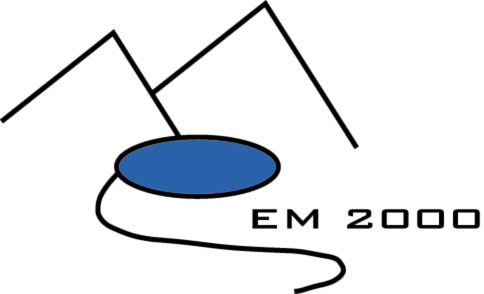

|
|
Ecosystem Management Project Boundaries
One of the goals of EM projects is to educate people located within the project boundaries that they are a part of the "ecosystem" the project is trying to manage. However, as Edward Grumbine points out, "managers today are realizing through EM that responsibilities begin at boundaries." Managers are realizing that boundaries can be limiting and that they must look outside their boundaries to engage forces outside that may be influencing their project. Is bounding useful? Or, is it restrictive? If it is useful, what type of bounding is most useful? This part of the analysis will attempt to develop a better understanding of the kinds of boundaries (physical and socio-political) that have been used to define ecosystem management programs and to correlate these boundary-types with different rates and kinds of success. Questions to be addressed include:
|
|
| |
|
Last Updated May 26, 1999 For more information about ongoing research on the importance of boundaries in successful Ecosystem Management Projects, please contact Mark Brush, Ecosystem Management Team, at: mbrush@umich.edu |